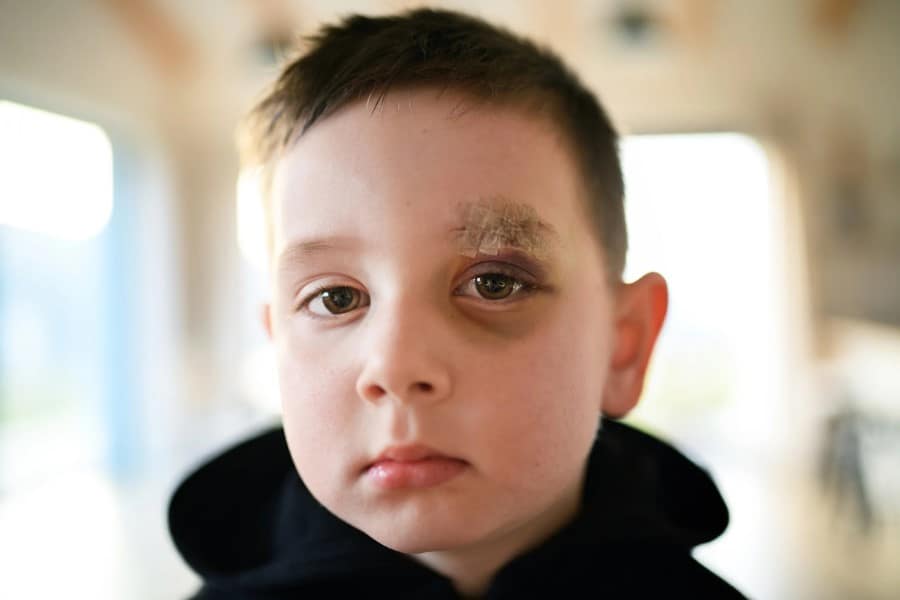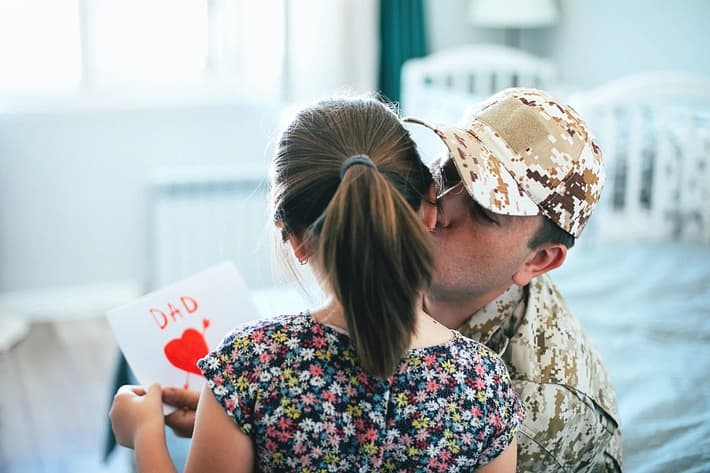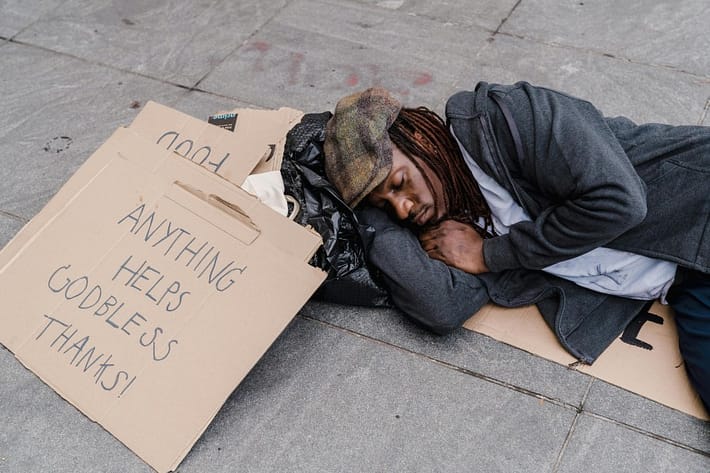Women & Child Abuse: 14 Ways To Poverty

Women & child abuse is a grave issue that not only affects the immediate physical and emotional well-being of victims but also has long-lasting socio-economic repercussions. The cycle of abuse can trap individuals and families in poverty, making it challenging to break free and build a better future. This article explores 14 ways in which women & child abuse leads to poverty, highlighting the need for comprehensive solutions to address this pressing issue.
1. Disruption of Education
Impact on Children:
Child abuse often results in disrupted education. Children who are abused may miss school due to physical injuries, emotional trauma, or the need to care for an injured parent. This interruption can lead to poor academic performance, higher dropout rates, and reduced future earning potential.
Impact on Women:
Women who are victims of abuse may also experience disrupted education, particularly if the abuse began in childhood or if they are forced to flee an abusive relationship. Without education, their job prospects and earning potential are severely limited.
2. Mental Health Issues
Abuse can lead to severe mental health issues, including depression, anxiety, post-traumatic stress disorder (PTSD), and substance abuse. These mental health challenges can hinder victims’ ability to work, maintain employment, and perform daily tasks, leading to economic instability and poverty.
3. Physical Health Consequences
The physical consequences of abuse can be devastating, leading to chronic health issues and disabilities that affect victims’ ability to work. Medical expenses can quickly deplete savings, pushing families further into poverty. Additionally, the inability to maintain steady employment due to health issues exacerbates financial instability.
4. Loss of Employment
Victims of abuse may lose their jobs due to frequent absences, decreased productivity, or the need to relocate to escape the abuser. Losing a job can result in an immediate loss of income and benefits, creating financial strain and increasing the likelihood of falling into poverty.
5. Limited Access to Economic Opportunities
Abusive partners often control financial resources and restrict their victims’ access to money, employment, and other economic opportunities. This financial control traps victims in the abusive relationship and limits their ability to achieve economic independence.
6. Homelessness
Many victims of domestic violence and child abuse end up homeless when they flee abusive situations. Homelessness exacerbates poverty as it disrupts stability, making it difficult to maintain employment, access education, and secure basic needs such as food and healthcare.
7. Increased Healthcare Costs
Victims of abuse often require extensive medical care, including emergency services, surgeries, and long-term treatment for physical and psychological injuries. The high cost of healthcare can drain financial resources, leaving little for other essential needs and pushing families into poverty.
8. Intergenerational Poverty
Children who grow up in abusive environments are more likely to experience poverty as adults. The trauma and instability they endure can affect their educational attainment, mental and physical health, and ability to secure stable employment, perpetuating a cycle of poverty that spans generations.
9. Social Isolation
Abusers often isolate their victims from family, friends, and support networks. This isolation makes it difficult for victims to seek help, access resources, and build the social capital necessary for economic stability. Without a support system, escaping poverty becomes even more challenging.
10. Legal Costs
Legal battles related to divorce, child custody, restraining orders, and criminal charges against the abuser can be costly. Legal fees, court costs, and the potential loss of income during legal proceedings can create significant financial burdens for victims, contributing to poverty.
11. Inadequate Social Services
Many communities lack adequate social services to support victims of abuse. Insufficient shelters, counseling, legal aid, and financial assistance make it difficult for victims to escape abusive situations and rebuild their lives, perpetuating poverty.
12. Childcare Challenges
For single mothers or women escaping abusive relationships, finding affordable and reliable childcare can be a major barrier to employment. Without adequate childcare, they may be unable to work or forced to take lower-paying jobs with flexible hours, limiting their earning potential and perpetuating poverty.
13. Stigma and Discrimination
Victims of abuse often face stigma and discrimination in their communities and workplaces. This can lead to social ostracization, loss of employment opportunities, and decreased access to resources. The resulting economic and social marginalization contributes to ongoing poverty.
14. Reduced Self-Esteem and Confidence
Abuse erodes victims’ self-esteem and confidence, affecting their ability to pursue education, employment, and other opportunities for economic advancement. Low self-esteem can result in a lack of motivation and perceived worthlessness, hindering efforts to escape poverty.
Women & Child Abuse Link To Poverty
The link between abuse and poverty is complex and multifaceted. Addressing the root causes of abuse and providing comprehensive support to victims is essential to breaking this cycle. Solutions must include access to education, healthcare, legal assistance, affordable housing, and economic opportunities. By creating a supportive environment and empowering victims, we can help lift individuals and families out of poverty and build a more just and equitable society.
Comprehensive Support for Victims
To effectively combat the cycle of abuse and poverty, it is crucial to provide comprehensive support to victims. This includes:
Access to Education and Training
Providing educational opportunities and job training programs for both women and children can help them gain the skills needed to secure stable, well-paying jobs.
Mental Health Services
Offering accessible mental health services, including counseling and therapy, can help victims cope with the trauma of abuse and improve their ability to function in daily life.
Healthcare Access
Ensuring that victims have access to affordable healthcare can help them address physical injuries and chronic health issues resulting from abuse, reducing the financial burden of medical expenses.
Legal Aid
Providing legal assistance to help victims navigate divorce, custody battles, and restraining orders can protect their rights and support their efforts to achieve independence from their abusers.
Economic Empowerment Programs
Offering financial literacy programs, microloans, and other economic empowerment initiatives can help victims build financial independence and stability.
Shelter and Housing Assistance
Providing safe, temporary shelters and long-term housing assistance can help victims escape abusive situations and rebuild their lives.
Childcare Support
Ensuring access to affordable and reliable childcare can enable victims, especially single mothers, to work and pursue education or training opportunities.
Community Support Networks
Building strong community support networks can help victims access resources, find support, and reduce social isolation.
Public Awareness Campaigns
Raising public awareness about the link between abuse and poverty can help reduce stigma, encourage victims to seek help, and promote community support for victims.
Policy Advocacy
Advocating for policies that protect victims’ rights, provide resources, and address the root causes of abuse can create systemic change and reduce the prevalence of abuse and poverty.
Real-Life Examples and Case Studies
Case Study 1: The Impact of Domestic Violence on Women’s Employment in the U.S.
A study conducted by the Institute for Women’s Policy Research found that 60% of employed women who experienced domestic violence reported that the abuse affected their work performance. This included being late to work, missing work, and being unable to concentrate. The economic impact was significant, leading to job loss and financial instability.
Case Study 2: Child Abuse and Poverty in India
In India, child abuse is a major factor contributing to poverty. A study by the Ministry of Women and Child Development found that 53% of children reported experiencing one or more forms of sexual abuse. The trauma from such experiences often leads to school dropout and limited job prospects, perpetuating the cycle of poverty.
Case Study 3: The Role of Shelters in Breaking the Cycle of Abuse and Poverty
Organizations like Safe Horizon in New York City provide shelters, legal assistance, and counseling services to victims of domestic violence. By offering comprehensive support, these shelters help victims rebuild their lives, gain employment, and achieve financial independence, thus breaking the cycle of poverty.
Global Perspective
The issue of women & child abuse leading to poverty is not confined to any one country. It is a global problem requiring international cooperation and intervention. Different countries have adopted various strategies to combat this issue:
Canada
The Canadian government provides extensive support to domestic violence victims through shelters, financial assistance, and counseling services. Policies like the Canada Child Benefit offer financial support to low-income families, helping reduce the economic burden on victims of abuse.
Australia
Australia has implemented the National Plan to Reduce Violence against Women and their Children, which includes initiatives for economic empowerment, legal aid, and mental health support for victims. This comprehensive approach aims to address both the immediate and long-term effects of abuse on poverty.
South Africa
South Africa faces high rates of domestic violence and child abuse, which contribute to poverty. The government has introduced measures such as the Domestic Violence Act and the establishment of Thuthuzela Care Centres, which provide integrated support services to victims, including healthcare, legal assistance, and counseling.
Kenya
In Kenya, organizations like the Coalition on Violence Against Women (COVAW) work to combat domestic violence and support victims through advocacy, legal aid, and economic empowerment programs. These efforts aim to break the cycle of abuse and poverty by providing victims with the tools and resources they need to rebuild their lives.
The Path Forward
Addressing the intersection of abuse and poverty requires a multi-faceted approach that includes immediate support for victims, long-term economic empowerment, and systemic change. Key steps include:
Strengthening Legal Protections
Ensuring robust legal frameworks that protect victims’ rights and provide avenues for justice is crucial. This includes laws that address domestic violence, child abuse, and economic exploitation.
Investing in Education
Providing access to quality education for both children and adults can help break the cycle of poverty. This includes programs that support school attendance, vocational training, and higher education opportunities.
Promoting Economic Opportunities
Creating job opportunities and providing financial support for victims of abuse can help them achieve financial independence. This includes initiatives like microloans, job training programs, and support for small businesses.
Improving Access to Healthcare
Ensuring that victims have access to affordable healthcare, including mental health services, can help them recover from the physical and psychological effects of abuse and build healthier lives.
Building Community Support
Strengthening community support networks can help reduce social isolation and provide victims with the resources and support they need to escape abusive situations and rebuild their lives.
Raising Awareness
Public awareness campaigns can help reduce stigma, encourage victims to seek help, and promote community support for victims. Education and outreach efforts can also help prevent abuse by addressing its root causes and promoting healthy relationships.
Women & Child Abuse Conclusion
The connection between women & child abuse and poverty is profound and complex. By understanding the ways in which abuse leads to poverty and implementing comprehensive strategies to support victims, we can work towards breaking this cycle. Addressing the root causes of abuse, providing immediate support, and promoting long-term economic empowerment are essential steps in creating a more just and equitable society where all individuals have the opportunity to thrive.
Help Fight The Negative Effects Of Poverty
At End Poverty Now, our ability to make a difference hinges on the kindness of donors like you. Your support provides crucial resources, opportunities, and hope to those in need. Whether you choose to make a one-time donation or become a recurring donor, every contribution helps us on our mission to end extreme poverty.
End Poverty Now welcomes cash donations, but we also specialize in accepting donations of hard-to-sell assets such as real estate, aircraft, vehicles, and boats. These contributions help fund projects dedicated to alleviating poverty both domestically and internationally. Please see how you can help end poverty and thank you for considering us in your philanthropic efforts.
End Poverty Now is a 501c3 nonprofit charity accepting cash donations and specializing in donations of hard-to-sell assets such as real estate, aircraft, vehicles, and boats to fund projects aimed at fighting poverty at home and abroad.


